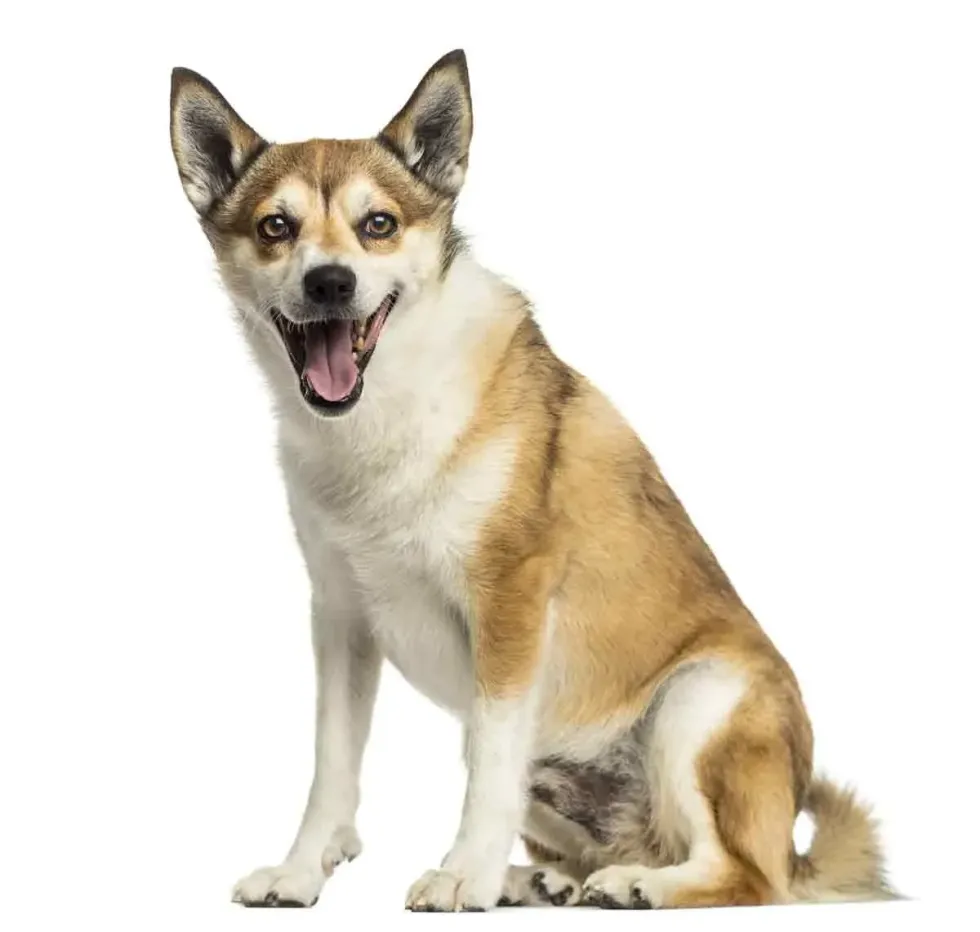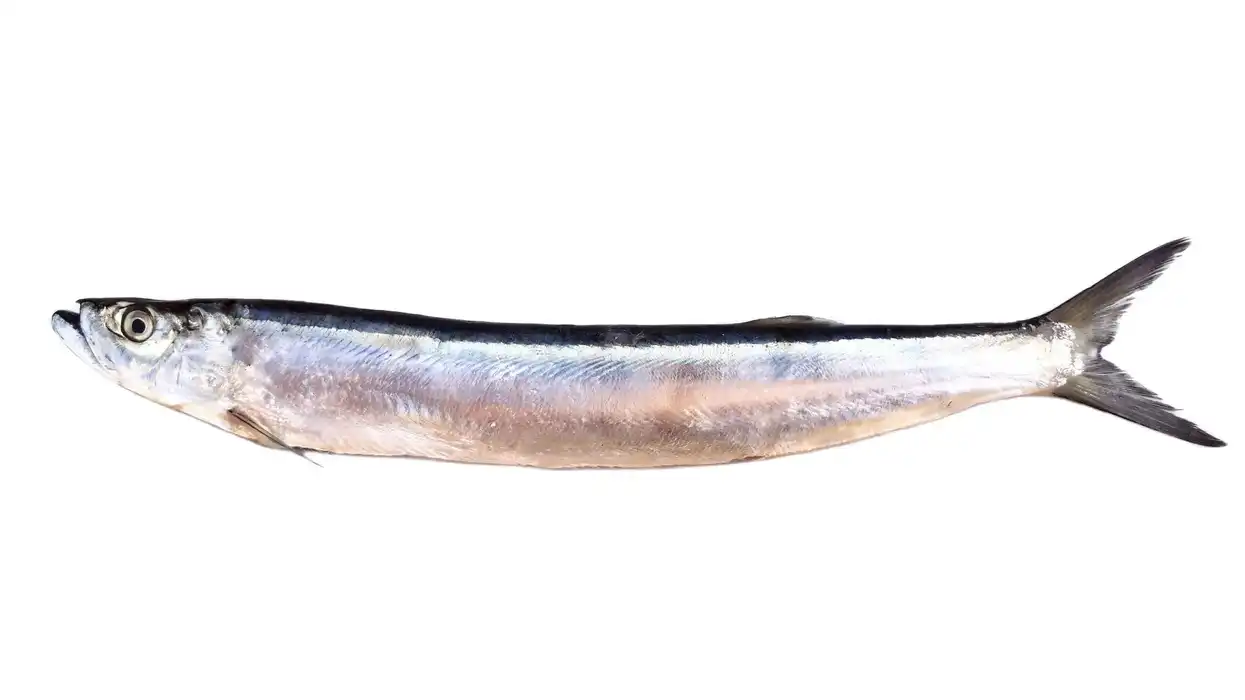Do you know of a dog that was raised exclusively for Puffin hunting? If you guessed the Norwegian Lundehund, then you are on the right track.
Though they aren't used for Puffin hunting any more, this dog breed is quite spectacular in itself. The Norwegian Lundehund might also be about 5000 years old, making them one of the oldest dog breeds to exist!
They were first bred in a remote Norwegian island called Vaeroy, which is known for the Puffins that inhabit its rocky terrains. The breed is also known as the 'Puffin dog' because of their work.
Another cool feature of this dog is that they have six toes on each foot compared to the usual four that other canines have. As a Spitz breed, these dog breed doesn't get very big, but they are agile dogs that can easily go on hiking or trekking trips.
The double coat of this dog also helps them to keep away the cold, but they cannot stand hot temperatures. Interested to know more about the Norwegian Lundehund?
Keep on reading to learn more exciting Norwegian Lundehund facts. Also, check out Cavachon and Mini Bernadoodle to know more about other dog breeds.
Norwegian Lundehund Interesting Facts
What type of animal is a Norweigan Lundehund?
The Norwegian Lundehund is a type of dog belonging from one of the remote islands of Norway, Vaeroy. They are also called the puffin dog as they were used to hunt Puffins for the local people of the island.
What class of animal does a Norweigan Lundehund belong to?
The Norwegian Lundehund belongs to the class Mammalia like other dog breeds.
How many Norweigan Lundehunds are there in the world?
As a widely found dog breed, Norwegian Lundehund's exact population is yet to be known.
Where does a Norweigan Lundehund live?
Right now, as Puffin hunting is illegal, the Norwegian Lundehund has become a loving pet to many, and they live in human households. However, this dog breed did originate in Norway. They were bred on a remote Norwegian island called Vaeroy.
This has given rise to their double coat for keeping away the cold. The dogs are also known for their high energy level, which makes them good partners for those who are into sports. The dog breed is found globally.
What is a Norweigan Lundehund's habitat?
The Norwegian Lundehund likes a comfortable home, like all other dogs. They cannot stand warm temperatures because of their heavy coat.
However, this dog breed is great for households that are in colder climates. Even though they are from the Spitz group, this dog cannot adapt to apartment life. They are also not meant for those who are having a dog for the first time.
Who do Norweigan Lundehunds live with?
One of the things that dog parents should be aware of is the sensitivity level of Norwegian Lundehunds. They are very sensitive dogs, and they need a lot of attention.
It is a sin to leave these dogs alone for a long while, and they can even grow separation anxiety if they are left alone too often.
They are quite affectionate towards their humans, and the breed can even get along with other dogs if they are socialized as a puppy. They do not fuss about training or being in public, but you still need to be wary of strangers because of their barking tendency.
How long does a Norweigan Lundehund live?
The average lifespan of the Norwegian Lundehund is around 10-12 years.
How do they reproduce?
Like other dogs, the females of the Norwegian Lundehund go through estrus (heat) cycles. If a breeder chooses to mate a bitch while they are going through the estrus cycle, they may fall pregnant.
They have a gestation period of 58-68 days, after which the Norwegian Lundehund puppies are born. They are born blind and with the inability to walk. The average litter size for a Norwegian Lundehund is around one to six puppies.
As they are a Spitz breed, you should be careful about the bitch when she is going through her pregnancy. The puppy will stick with their mother for a while before getting independent.
What is their conservation status?
The Lundehund Norwegian dog breed is yet to make it into any conservation lists. They aren't really rare dogs but have unique characteristics.
They were about to go extinct at a time, but now their population is under control. They almost became extinct as people started catching Puffins with nets. Alongside, the government also placed taxes on the Lundehund breed, which made them expensive, and their numbers dwindled.
However, the breed was finally saved from extinction due to the isolated islands of Norway, which helped them to survive. Also, the dog breeder, Eleanor Christie, was interested in them and managed to save the dog breed.
Norweigan Lundehund Fun Facts
What do Norweigan Lundehunds look like?
The Norwegian Lundehund is a small dog with a boxy or rectangular type body which is often seen in the Spitz dogs. They have a unique body type which helps to make them extremely flexible while hunting.
Even though they fall in the non-sporting group of the American Kennel Club, these dogs are great at sports because of their muscular limbs. One of the interesting characteristics of this dog is its ability to wiggle its ears forward or backward.
They can even cover their ear canal on their will.
Another one of the unique characteristics of this dog has to be its six toes. They have seven pads on their paws to make it cushiony, and it helped them to traverse the rocky coast of Norway.
When it comes to the coat of this breed, it has a short coat that is longer on the neck compared to its head. The double coat makes the dogs suitable for colder weathers like that of their Norwegian descent.
The overcoat tends to be harsher and denser compared to the soft undercoat.
The color of their coat revolves around white, with red or dark markings of black, fawn, and reddish-brown markings are also seen. Some are even more brown or fawn with dark and white markings.
The Norwegian Lundehund has a white underbelly, and the dark or black hair tips can also be seen in their ears and tails. These dogs have almond-shaped eyes that are brown in color.

How cute are they?
The Norwegian Lundehund puppy looks extremely cute because of its fluffy appearance. However, the adults of the breed also look great, and their small size makes them more appealing to those who do not want to tackle large dog breeds. Their unique characteristics, like having six toes, make them even special.
How do they communicate?
Just like other dogs, the Norwegian Lundehund also communicates with the help of vocalization. If you are looking forward to having a Norwegian Lundehund, you should be aware that they like to bark a lot. The dog breed also uses scent as another way of communication which they spread through their urine.
How big is a Norweigan Lundehund?
The average size of a Norwegian Lundehund is around 12-15 in (30-38 cm), which makes them one of the small breeds. They are a tad smaller than the Norwegian Buhund dog breed that reaches a maximum height of 16-18.5 in (41-47 cm).
How fast can a Norweigan Lundehund run?
Though the exact speed of a Norwegian Lundehund isn't known, they will have the average speed of a dog which is 15-20 mph (24-32 kph). As a common participant in dog sports, the Norwegian Lundehund can definitely run in rocky terrains.
How much does a Norweigan Lundehund weigh?
The average weight of a Norwegian Lundehund is around 13-15 lb (6-7 kg). They aren't huge dogs, but overeating may lead to them gaining weight. So, it is important for the Norwegian Lundehund to participate in active dog sports along with following a good diet.
What are their male and female names of the species?
The male Norwegian Lundehund is called a dog, while a female Norwegian Lundehund is called a bitch.
What would you call a baby Norweigan Lundehund?
A baby Norwegian Lundehund is called a puppy.
What do they eat?
Even though the dogs were bred for hunting Puffins, the birds aren't integral to their diet. Like other dogs, the Norwegian Lundehund should be fed high-quality dog food according to their nutritional needs.
They are active dogs, so their food should be protein-heavy. As the dog also may also suffer from the Lundehund syndrome, which is a gastro-enteropathic problem, it's important to keep a check on their diet. Talk to a good vet about the diet of your puppy to ensure their good health.
Are they hypoallergenic?
Dogs are seldom hypoallergenic as the main allergy trigger is caused by their dander or dead skin. However, some people may also have a problem with the fur shed by their dogs.
The Norwegian Lundehund is a low shedding dog, so they shouldn't cause you much problem. Weekly grooming works fine for them, but shedding is definitely more common during some prominent seasons. If you really want the dog breed, do talk to a health physician before adopting them.
Would they make a good pet?
Yes, the Norwegian Lundehund is an amazing pet dog to have with you. They are quite affectionate and calm dogs that are great at mixing with children and other pets.
Training them is fairly easy, and they do not cause many problems. You can also give them the training to go along on trekking and hiking trips which works great for the Norway-based breed.
Apart from the affectionate temperament, the dog breed is also quite intelligent, and they have been bred to hunt Puffins in the past. Always remember to get a pet from a responsible breeder so that the puppy is healthy. The Norwegian Lundehund also has good general health.
However, you should remember that they aren't meant for apartment living or for novice pet owners. They have a high exercise requirement and may need up to an hour's worth of exercise every day.
Did you know...
The name Lundehund in the dog's name comes from Norway word 'Lunde,' which means Puffins. The dog breed was used for hunting Puffins on the west coast of Norway.
A unique thing about the Norwegian Lundehund is their jaw which is similar to the Varanger Dog, which is a fossilized canine that was discovered in Russia and lived about 5,000 years ago. They even have fewer teeth compared to other canines.
What is special about Norweigan Lundehund's ears?
The Norwegian Lundehund is known for its unique ability to wiggle its ears forward and backward. They can even close their ears to protect their ear canal.
Are Norweigan Lundehund's flexible?
Yes, the Norwegian Lundehund is extremely flexible. They are even capable of touching the top of its head to its back. Its extremely flexible shoulder joint also helps them contort its body in different ways.
Here at Kidadl, we have carefully created lots of interesting family-friendly animal facts for everyone to discover! Learn more about some other mammals including Morkie, or Welsh Terrier.
You can even occupy yourself at home by drawing one on our panda shepherd coloring pages.










